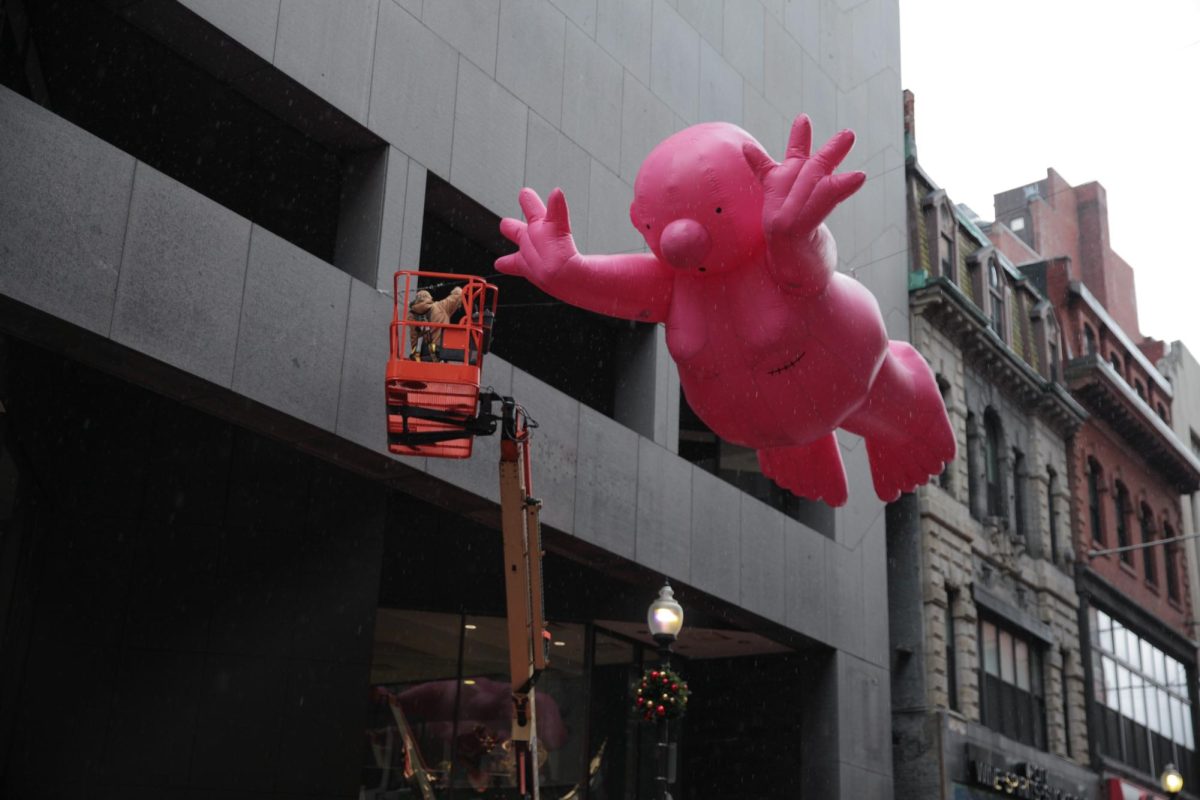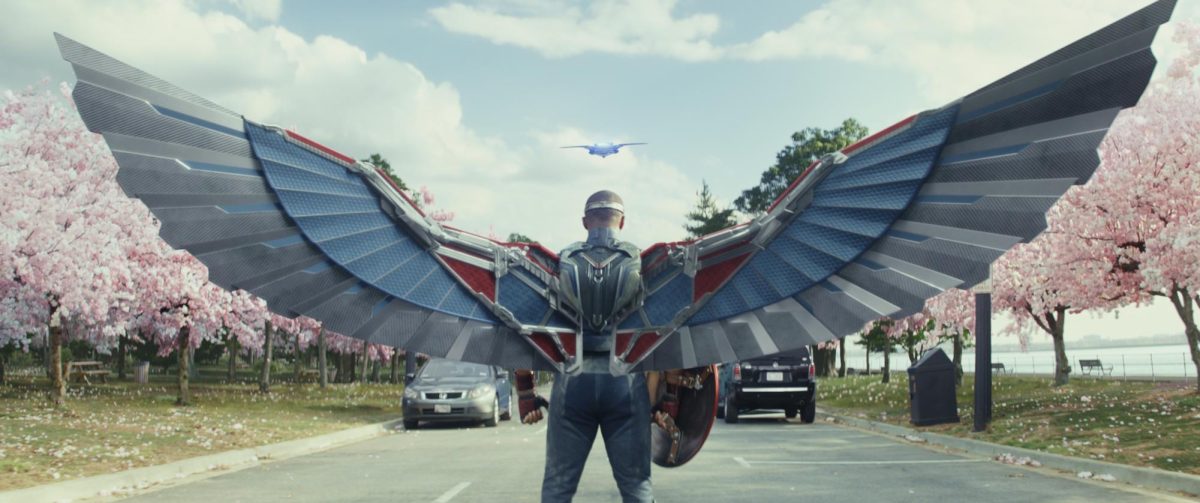By Brenda Maguire, News Staff

The thought of a Japanese samurai may bring many images to mind. Some of these might include samurai wielding swords in one-on-one combat or in battle.
But as art? That is a new one.
The Museum of Fine Arts’ new exhibit “Samurai! Armor from the Ann & Gabriel Barbier-Mueller Collection” opened April 14 and showcases 140 works from the Ann & Gabriel Barbier-Mueller Collection of Dallas. Gabriel Barbier-Mueller had an interest in samurai armor from a young age, which inspired him to start collecting pieces, which ultimately led to his creation of the the Ann & Gabriel Barbier-Mueller Museum: The Samurai Collection in Dallas with his wife, Ann.
“This exhibition superbly complements the museum’s own collection of works from Japan, which was first assembled in the late 19th century and since then has become internationally renowned,” Malcolm Rogers, Ann and Graham Gund Director of the MFA, said in a statement.
This is the United States debut of “Samurai!” and it will travel across the country after its stay at the MFA, which ends Aug. 4.
When entering the exhibit, 16 flat screen TVs showing images of the pieces greet visitors as a preview for what is coming next. Upon entering the dimly lit first room of the exhibit, visitors will have the chance to view three samurai suited ceremonial armor. The armor is intricate and colorful, leaving very little exposure to the body of the samurai. Much of the armor is made up of small rectangular plates that are connected with leather or silk.
Moving away from the body armor, the exhibit also features a chronological display of helmets to show the evolution of the headpiece. The display starts with a riveted helmet that would have been worn during the Kamakura period, from 1185 to 1333. Visitors will see the masks evolve to be more detailed and colorful. Some of the masks shown are only half masks and one is made to look like a human head, although the ears are not properly placed.
On the decorated helmets, spectators can see various elements including animal images and mustaches made of horsehair, which are placed on the helmet where the person’s upper lip would be.
Alaric Wrasman, a sophomore digital art and interactive media major, attended the exhibit on the opening day and said that although the exhibit was very crowded, he enjoyed taking in the different forms of art.
“I think it says something interesting about their culture and our culture because the mustaches were meant to be intimidating but I find them endearing,” he said.
Historically, constructing samurai armor was considered an art form and required a full team of workers. Blacksmiths, soft metal craftsmen, leather workers, braid makers, dyers, painters and other artisans all worked together to create armor that not only protected the wearer, but also incorporated motifs reflecting samurai spirituality, folklore and nature. Samurai armor was often showcased for guests to see when it was not in use, according the the exhibit’s press release.
Further along in the exhibit, guests can see five samurai standing, dressed in full uniform. Right across from them are three samurai sitting on horses, which, in addition to the samurai on top of them, are also dressed in armor.
“Arts of the samurai have long attracted audiences here at the Museum and this exhibition provides an unparalleled opportunity for our visitors to experience striking works of tremendous artistry,” Anne Nishimura Morse, the MFA’s William and Helen Pounds senior curator of Japanese art, said in a release.
Throughout the exhibit, visitors can learn more about samurai history and bushido, which translates to the “way of the warrior” through panel descriptions on the wall. Bushido encompasses both martial and ethical traditions, which include honesty, courage and loyalty. It also includes a warrior’s acceptance of death, whether it be in battle or ritual suicide, which was often performed if the warrior broke the code of conduct.
In addition to the armor on display, multiple paintings of samurai at war decorate the walls.
“I liked the long panel painting,” Wrasman said. “It was majestic and it put a perspective on the size of story telling art.”
“Samurai!” concludes with a showcase of three suits of armor that show how the decorative nature of the outfits increased during the 250 years of peace, which ended the dominance of the samurai. This evolution will be obvious to visitors due to the increase of decorative elements as the exhibit goes on. This includes the addition of animal or spiritual symbols on the helmets and armor.
The museum is also offering a Samurai Saturdays program, which will feature samurai-inspired activities, such as performances and art making, for children and adults. The exhibit also features an interactive online game for children, which can be accessed on the MFA’s website. The game, which was created through a partnership with Stan Sakai and video game company HappyGiant, pins the main character Usagi Yojimbo in battles against anthropomorphic animals representing ninjas, demonic samurai, evil spirits and monsters.
“Usagi Yojimbo gives us a fun way to engage young people and attract families to the MFA’s exciting new exhibition,” said Malcolm Rogers, Ann and Graham Gund director of the MFA, in a statement. “This playful game offers a window into feudal Japan and showcases the impressive armor on view in Samurai!”
Although some of the armor and masks had a scary appearance and were used in battle, it is obvious that there was great focus put on the appearance and presentation of the pieces in the “Samurai!” exhibit.
Wrasman said he would urge any of his fellow students to explore the “Samurai!” exhibit because, “You get to take a walk through a different and exciting world.”









